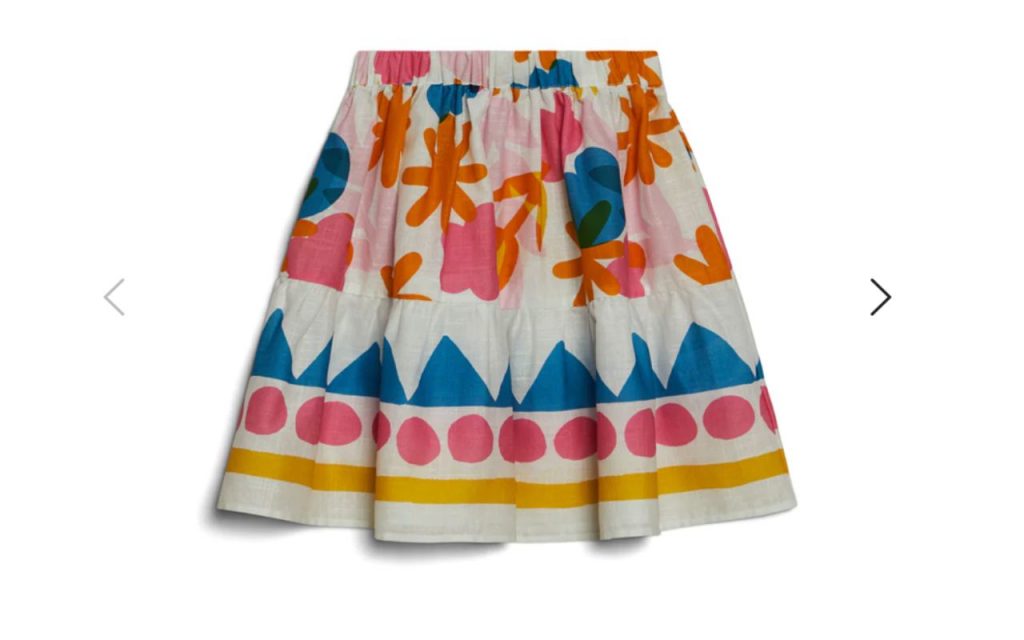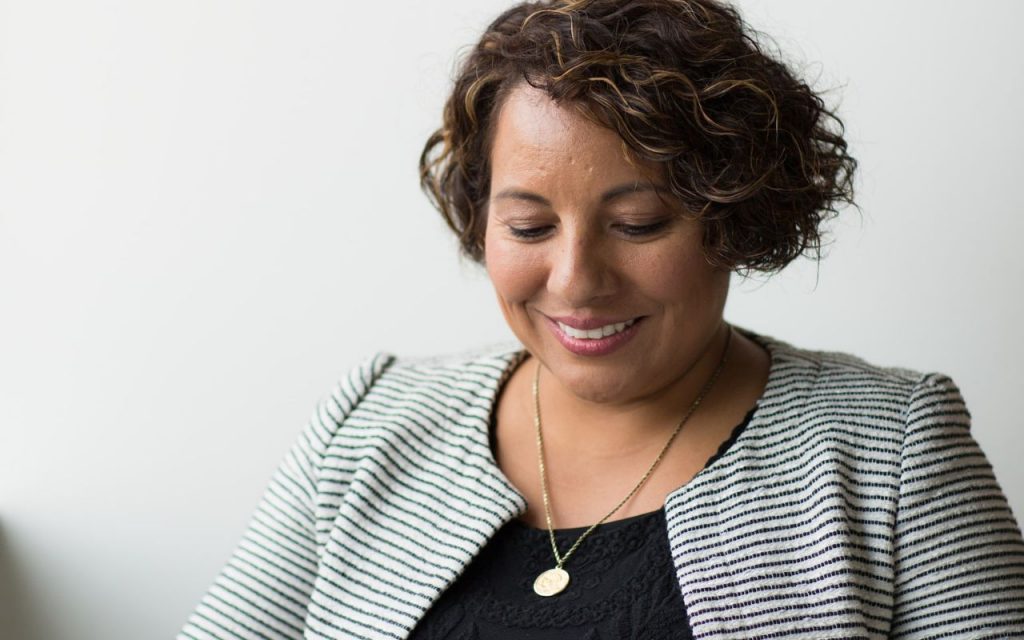I only discovered the term “style personality” when I studied to become an image consultant. The term ‘style’ of course I knew, but ‘style personality’ I didn’t. Before my studies I wasn’t at all aware of the term, as I was working professionally in the health sector in public and population health where the word ‘style’ was only used in reference to a leadership style.
I was also an Argentine tango dance teacher at the time, and we used the term ‘style’ to describe different dances, as well as ‘styling’ to talk about movement embellishments that allowed you to express yourself and play with the music.
After learning about the concept of style personality, I realised I intuitively understood it. We all do, because we unconsciously make choices every day about our presentation and attire. Don’t let the jargon of ‘style personality’ confuse you!
Style as communication
Roach-Higgins & Eicher (1992) describe the social aspects of dress as an effective means of communication and social engagement, within a larger context of social structure, kinship, economic and political activities.
Style personality is what your outfit and overall look communicates non-verbally, as a psychological impression. It includes everything from the jewellery you adorn yourself with, to changes in your hair, skin and nails. Impressions are influenced by many factors such as personal experience, age, gender, demographics and culture, and may shift as society’s standards change.
It’s interesting how impressions can differ across generations too. Only yesterday I overheard a group of teenage girls talking in a shop about how a style was ‘very 2000s’, like something they wore as a child. Meanwhile, I thought the style of the outfit was quite 1980s as it resembled a rara skirt, but without layers, a bit like this children’s skirt from Gorman. Our impressions are hugely embedded in our life experience.

What are the style personalities?

I usually work with any of the first six key style personalities below, but even with these ‘types’ I am incredibly flexible. I use the categories to converse with a client about what they like and dislike. There are many more ‘styles’ and there are no rules stating categorically what to wear to achieve each look.
- The Natural: Informal, unpretentious, casual and often athletic.
- The Classic: Tailored and business like. Historically, in Western culture it conveyed tradition, conservativism, trust and power.
- City Elegant: Current, contemporary, sophisticated. May convey status and wealth with objects of luxury.
- The Dramatic: Confident, independent, commanding, influential, exciting.
- The Romantic: Attractive, either psychologically for one’s Self for an ‘other’, or to even attract a preferred lifestyle.
- The Creative: Unconventional, innovative, eclectic or confronting, imaginative.
- The Ingenue & Gamine: Waif-like, naughty child archetype, innocent, maybe boyish and wide-eyed.
- Other styles I have worked with: Australian rural/classic, Gothic dramatic/romantic, Australian minimalist and modern Scandinavian.
I am mindful too that Australia is a culturally diverse population, with many cultural groups having their own language and stories around cultural dress, appearance and non-verbal communication. I wish to particularly acknowledge Indigenous Australians and their long and rich cultural history.
How can style personality assist you?
Exploring your preferred styles will give you clues as to what works for you and what doesn’t with clothes. It’s then easier to adapt your style for specific occasions when you need to. For example, if you feel really comfortable in athletic gear, a suit may not feel so much like you even at work. What if you have an interview then? The goal might be to find attire that is appropriate for the interview but still very comfortable.
There’s no doubt that these categories are a great place to start. My wardrobe is built on three style elements, and most people will feel comfortable with at least two types. I still believe that it’s more important that you can, in your own time, describe your own style rather than ‘a category’. I always give clients the choice. Some clients are thrilled to stick with one category because they find it so much easier to shop and put a look together. Other clients absolutely resist being ‘boxed in’ and will create their own story of style. I celebrate what works best for each person and consider it my job to help you find your way.
